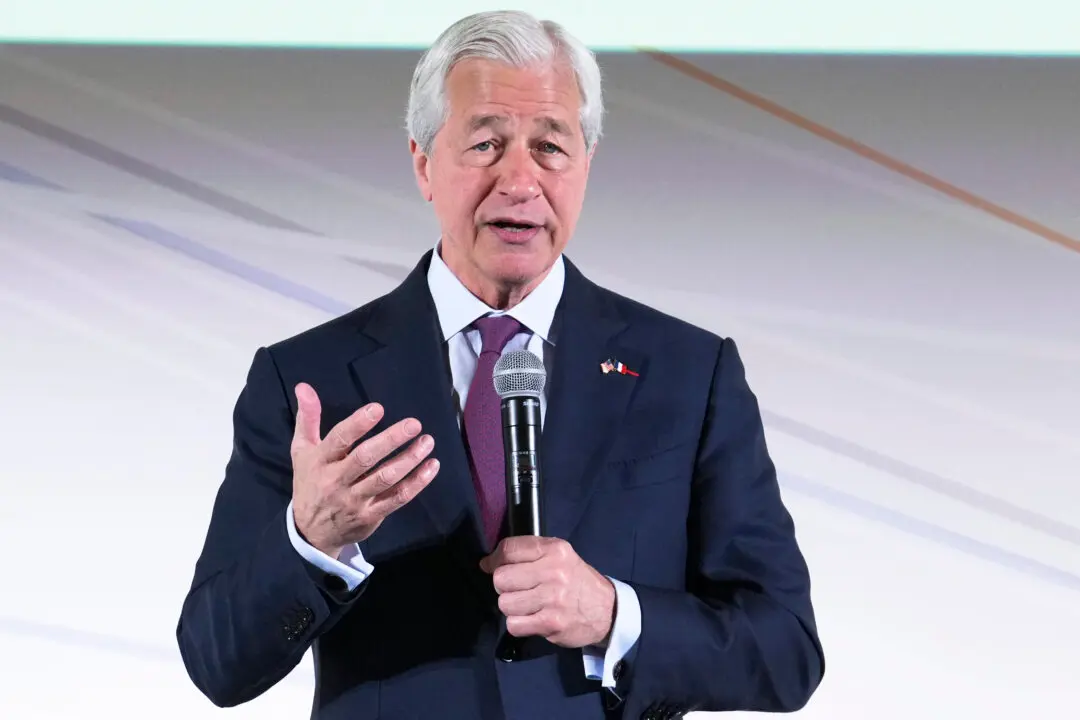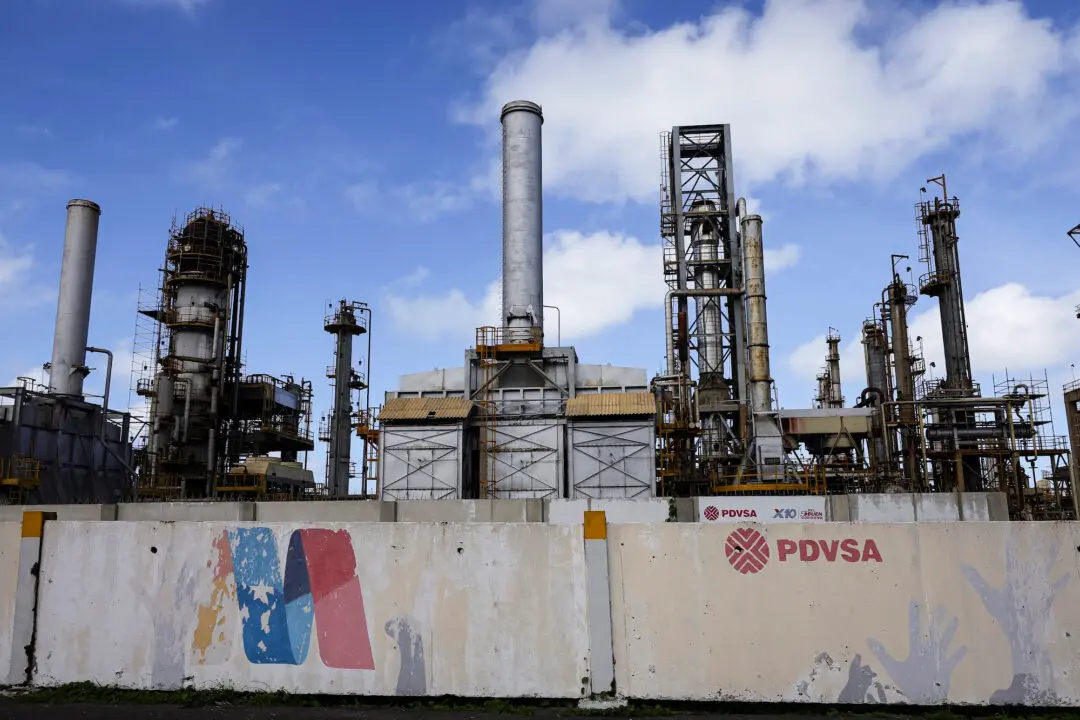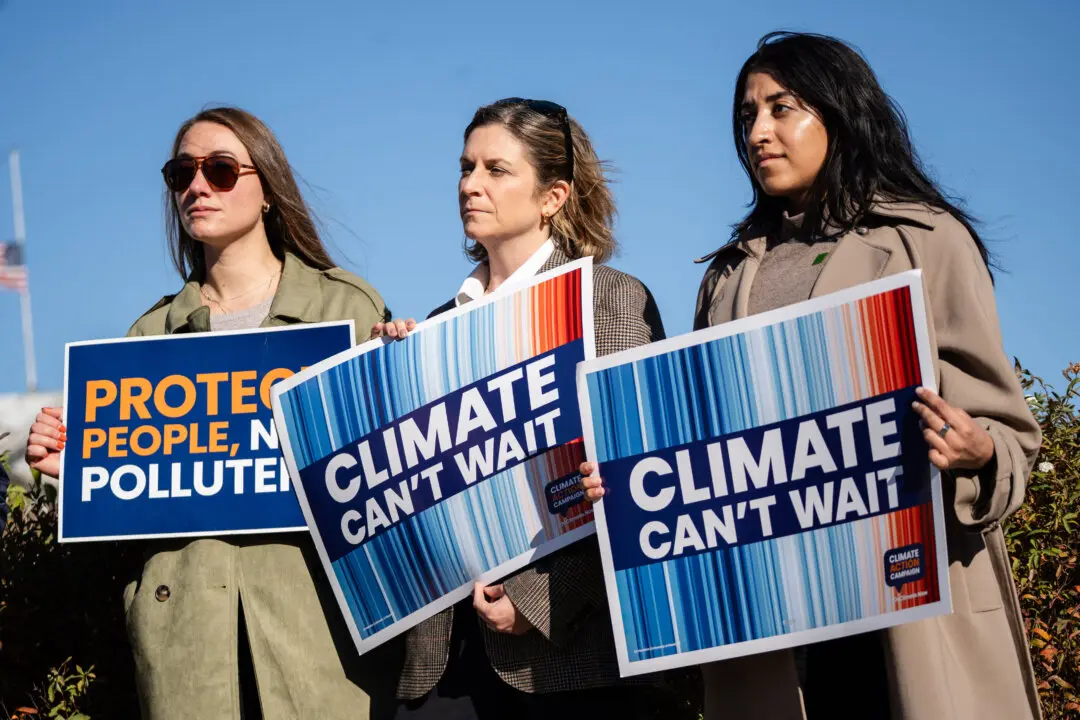In its effort to contain inflation, the Federal Reserve has begun what many expect to be a series of interest rate boosts, which are already taking a toll on stock and housing markets, with job losses likely to follow. While Americans grow weary of record high gas and grocery prices, however, another round of price increases is making its way through the food supply chain and is expected to reach consumers this fall.
“People don’t realize what’s fixing to hit them,” Texas farmer Lynn “Bugsy” Allen said. “They think it’s tough right now; you give it until October. Food prices are going to double.”





